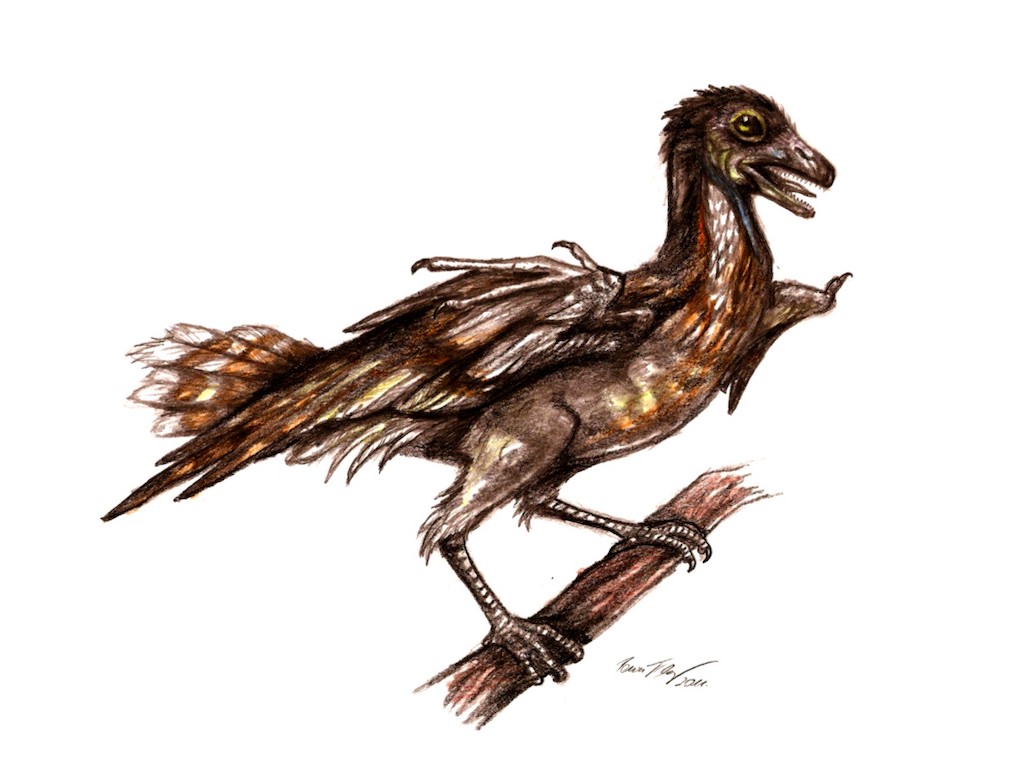
Bauxitornis mindszentyae
The Iharkút vertebrate locality is among the few places in Europe where the fossils of the very poorly known Cretaceous birds have been also discovered…
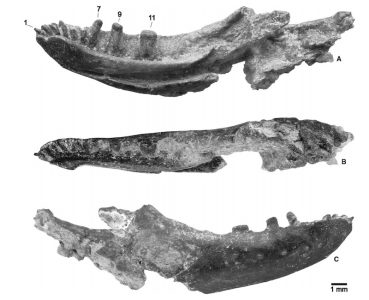
Chromatogenys tiliquoides, described as a new genus and species, is considered relatively rare among the Iharkút lizards. The name of the genus was given because of the colorful state of preservation of the most complete specimen (a right lower jaw), Chromatogenys means ‘‘colored jaw,’’ from the Greek words ‘‘khroma’’; color, and ‘‘genys’’; jaw. On the other hand, the species name implies that its dentition and possible diet was similar to that of today’s skink Tiliqua.
The specimen has characteristics of scincids (today’s skinks, cordylids (girdled lizards) and contogeniids (an extinct Cretaceous group), thus due to these mixed characters it cannot be assigned to any of these clades. It is not unlikely that it belongs to a previously unknown group, however this could only be clarified with the discovery of further finds.
One of the distinctive features of Chromatogenys is that the study of its dentition revealed that the animal was partly on a durophagous (=consuming hard items) diet, this is well indicated by the massive teeth at the back of the tooth row and the heavily built jaw. In comparison with extant lizards it is likely that it had the same diet as for example the common blue-tongued skink (Tiliqua scincoides) or the Indonesian blue-tongued skink (T. gigas), i.e. molluscs, insects, eggs, or even seeds and fruits.

The Iharkút vertebrate locality is among the few places in Europe where the fossils of the very poorly known Cretaceous birds have been also discovered…
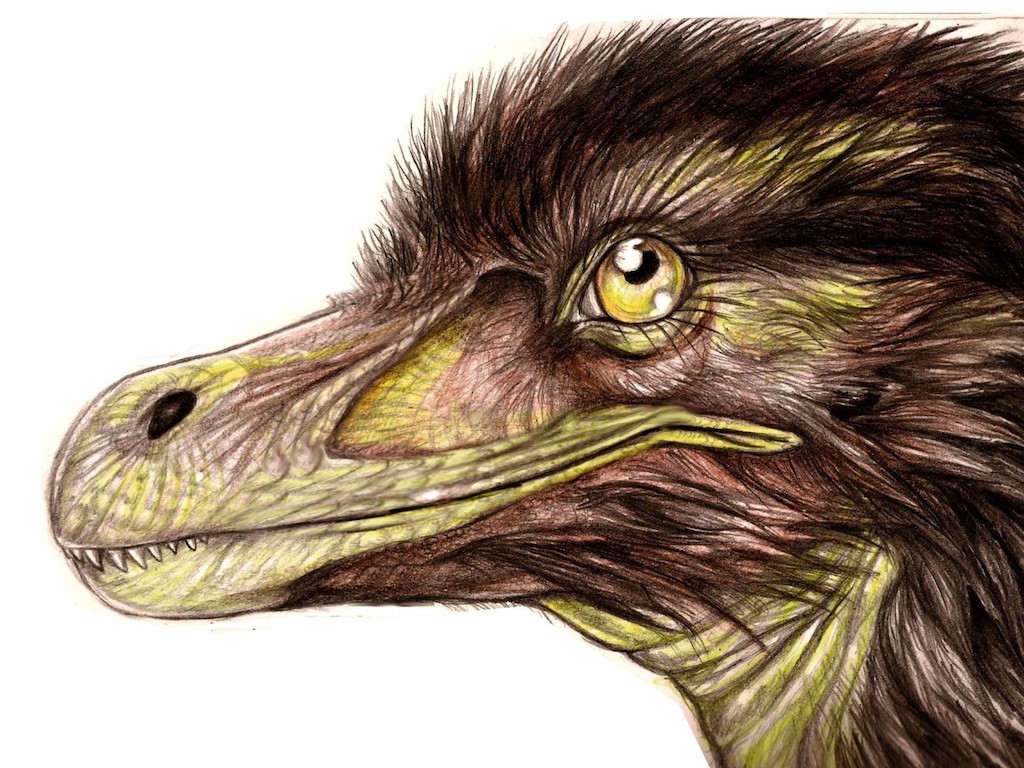
Pneumatoraptor is the smallest known predatory (Theropoda) dinosaur in the Iharkút fauna. Based on its fragmentary remains…
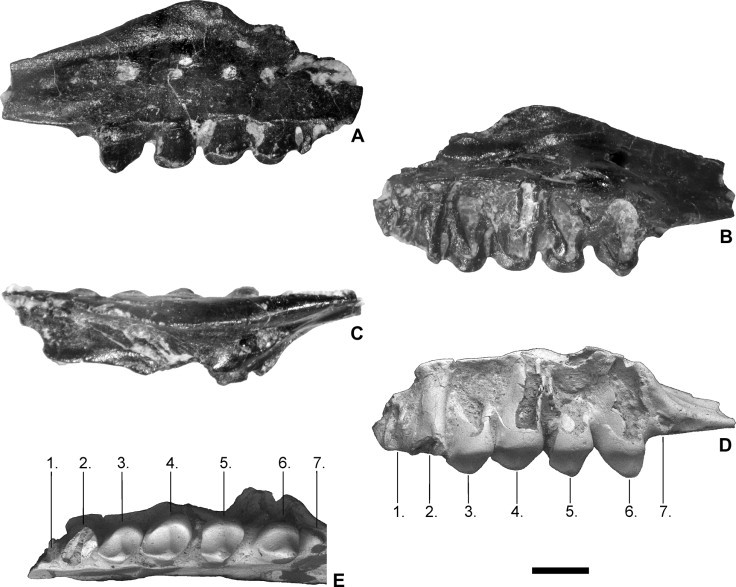
The lizard Distortodon rhomboideus was described by our research group as a new genus and species…
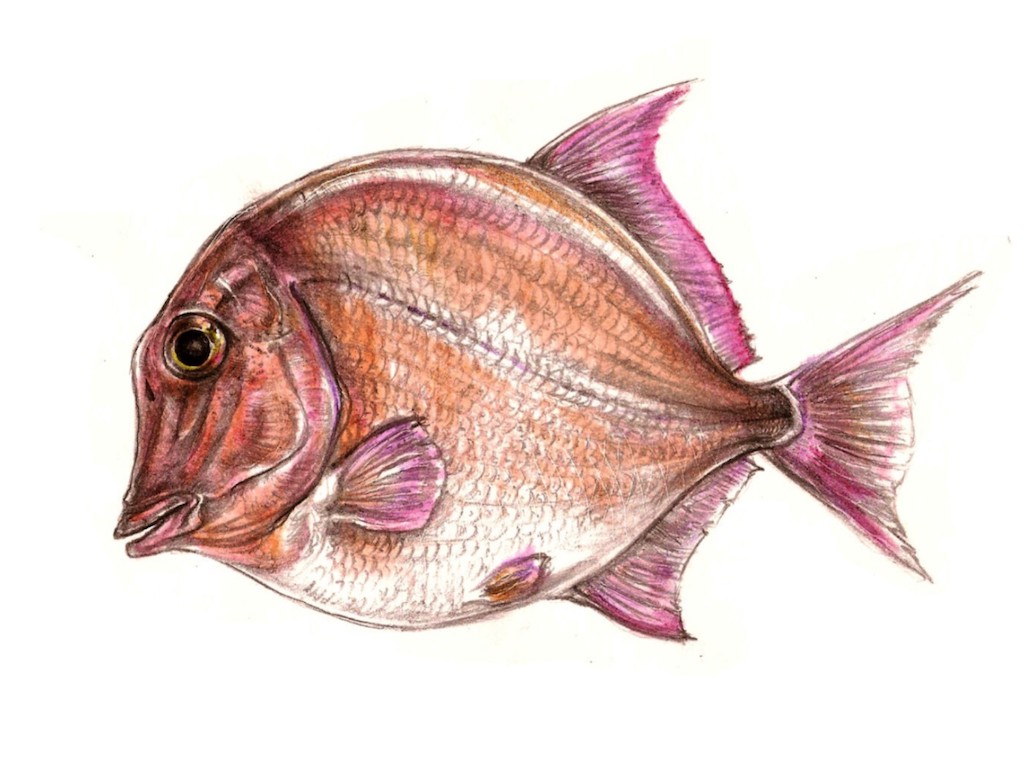
Pycnodontiform fishes are an extinct order of actinopterygian fishes…